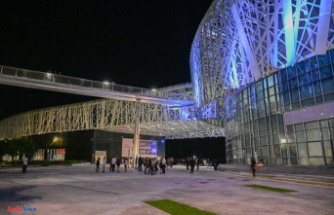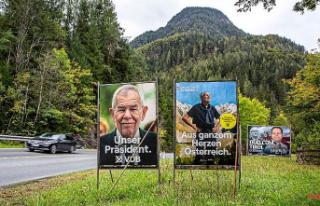If you have one, consider yourself lucky: wood-burning stoves reduce the cost of central heating. But they are a burden on the environment. But you can heat a little more environmentally friendly.
Although vehicles are considered to be the biggest sources of particulate matter, wood-burning stoves also ensure a high concentration of the tiny particles in the air. This is the result of incomplete combustion of wood in the furnace chamber.
And that becomes a problem when, this autumn and winter, with gas and oil prices so high, many people use their wood stoves more intensively and even more stoves are installed. The level of emissions in the air is increasing. This can also have health consequences: the tiny particles can cause respiratory problems and diseases of the cardiovascular system.
But every stove owner can do something to at least reduce emissions, especially fine dust:
Reach high temperatures when ignited
The problem: If the wood burns too slowly at the beginning, the chimney releases a comparatively large number of small, unburned substances into the air via the chimney.
The solution: In order for the wood to ignite quickly and then burn through well, Andreas Walburg from the Federal Association of Chimney Sweep Trades recommends building a little tower out of it. Below are a few pieces of wood with the cut edge up. On top of this, logs of thinner kindling are placed in several tiers like a grid.
The stack is ignited at the top, allowing the fire to eat its way down. This creates a bed of embers on the ground, into which more hardwood logs can be added later.
The Industry Association for House, Heating and Kitchen Technology (HKI) points out that for stoves with a bottom grid, the kindling can be stacked upside down and ignited from below. So it makes sense to always read the operating instructions for the stove in question.
Plenty of air to light up
"It is important that the air regulators are open at the beginning so that enough combustion air can flow in," says Andreas Walburg. Only when the wood is burning well should the air supply be adjusted according to the manufacturer's instructions for the stove.
By the way, you can see whether you ignite your stove with sufficient temperature and air supply: The more visible smoke comes out of the chimney, the more fine dust the stove spreads. This is normal at first, but according to the HKI, 20 minutes after the fire has been lit, there should hardly be any visible smoke coming out of the chimney.
Use dried wood
It is forbidden to burn freshly cut or not yet sufficiently dried wood. This is because it produces more soot and dust particles that get into the environment through the chimney, according to master chimney sweep Andreas Walburg.
Therefore, only wood with a residual moisture content of less than 25 percent may be used. This corresponds to less than 20 percent water content. For comparison: Freshly felled wood from the forest can contain up to 60 percent water content or 150 percent moisture content, depending on the season and type. Inexpensive measuring devices for checking are available in hardware stores.
That means: Freshly felled wood has to dry first. According to Andreas Walburg, spruce and poplar need a year, birch, alder and linden one and a half years of dryness in an air-permeable place. Hard woods such as beech, ash and fruit trees must be stored for two to two and a half years. And oak wood takes up to three years.
Only burn natural wood
By the way: It is also not allowed to burn anything other than untreated wood as logs, pellets or briquettes in the stove. Because rubbish, plastics, even newspaper and fabrics, but also plywood, fiberboard and glued, varnished and painted wood release high emissions and possibly other pollutants when burned.












